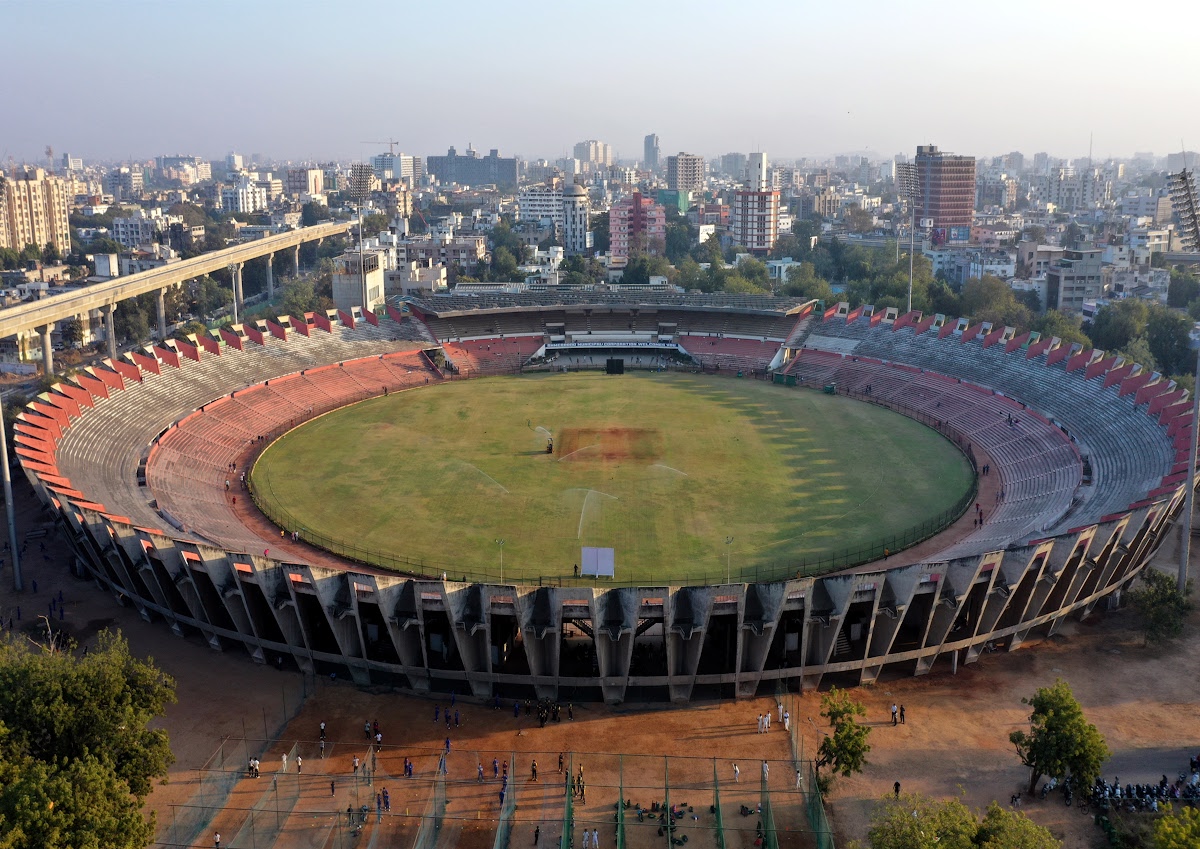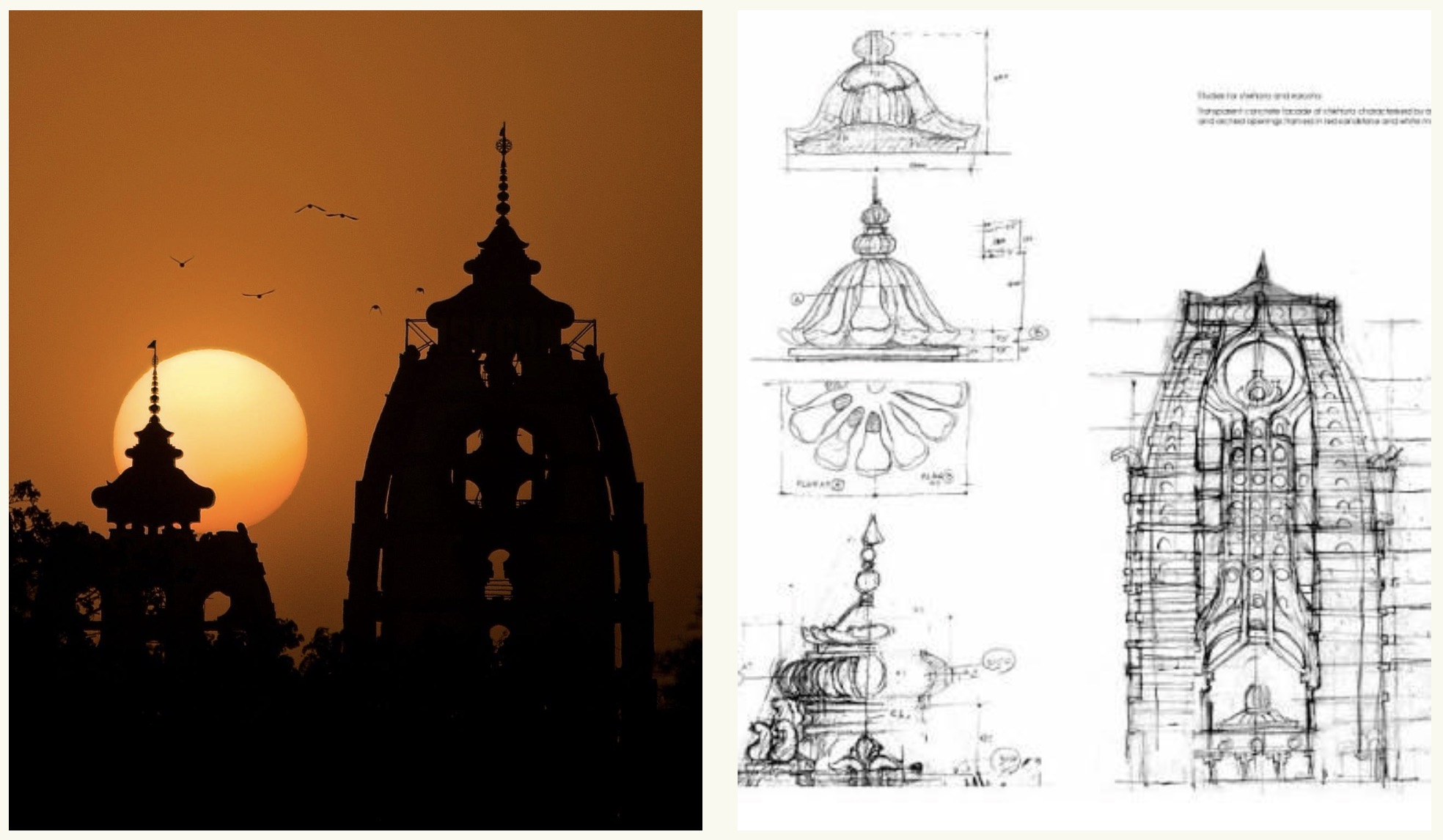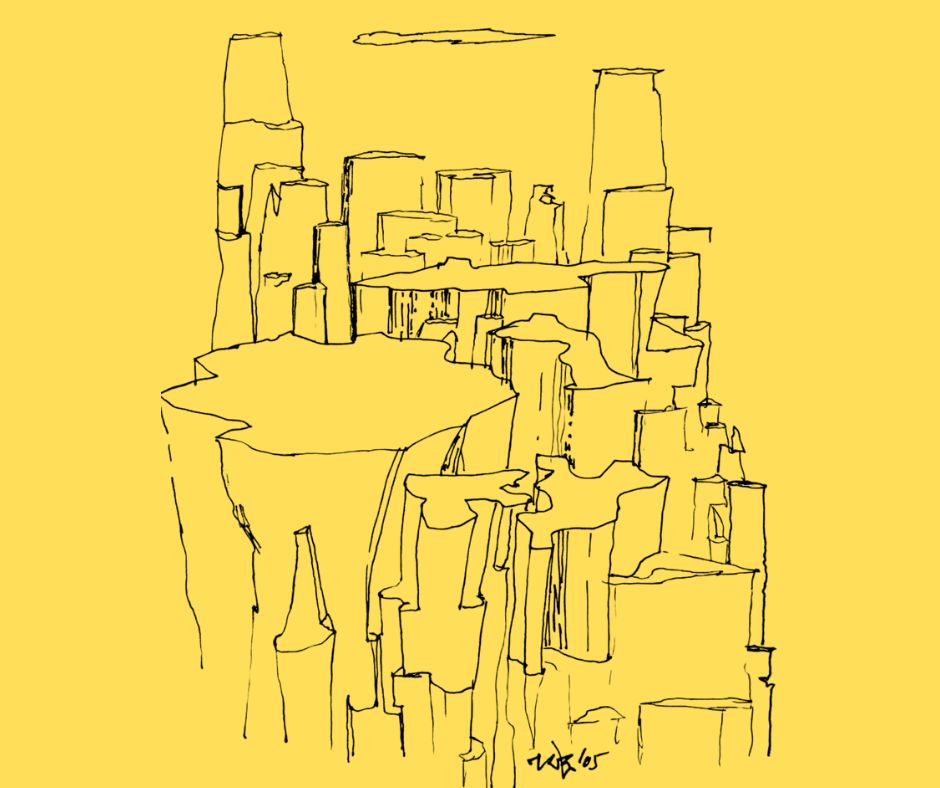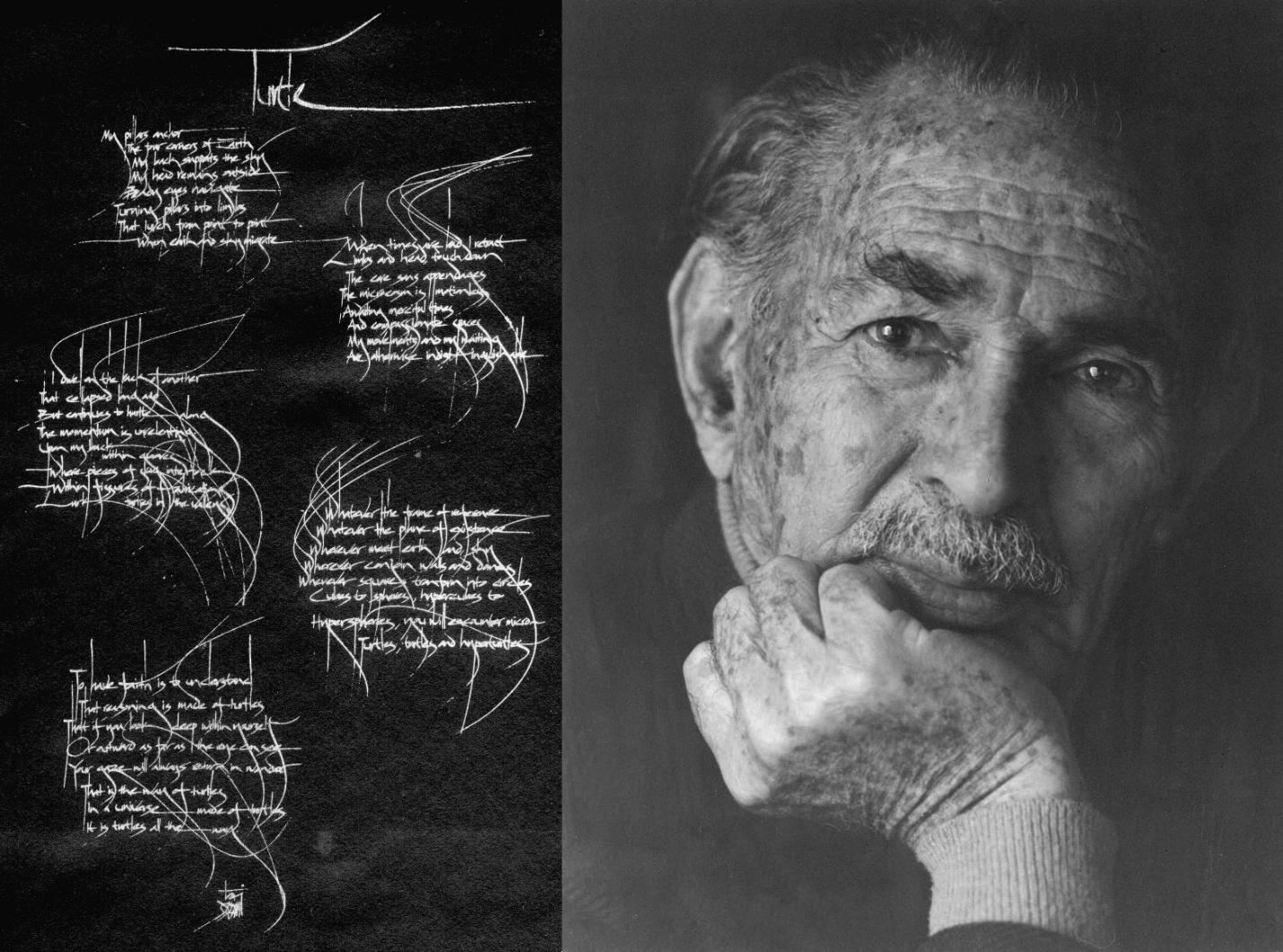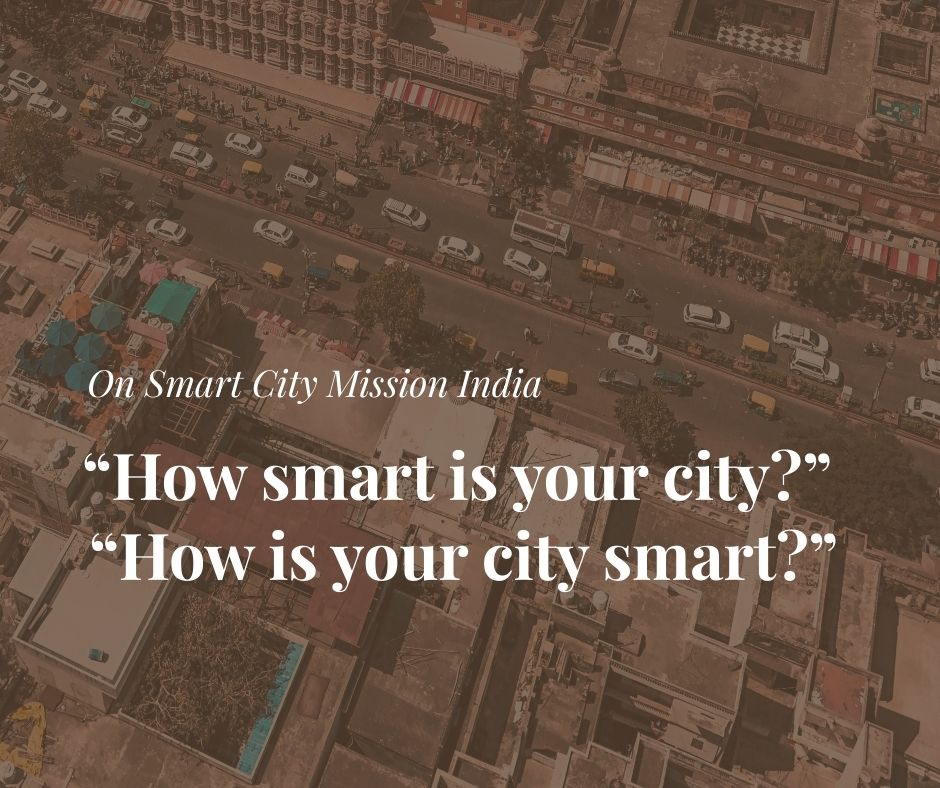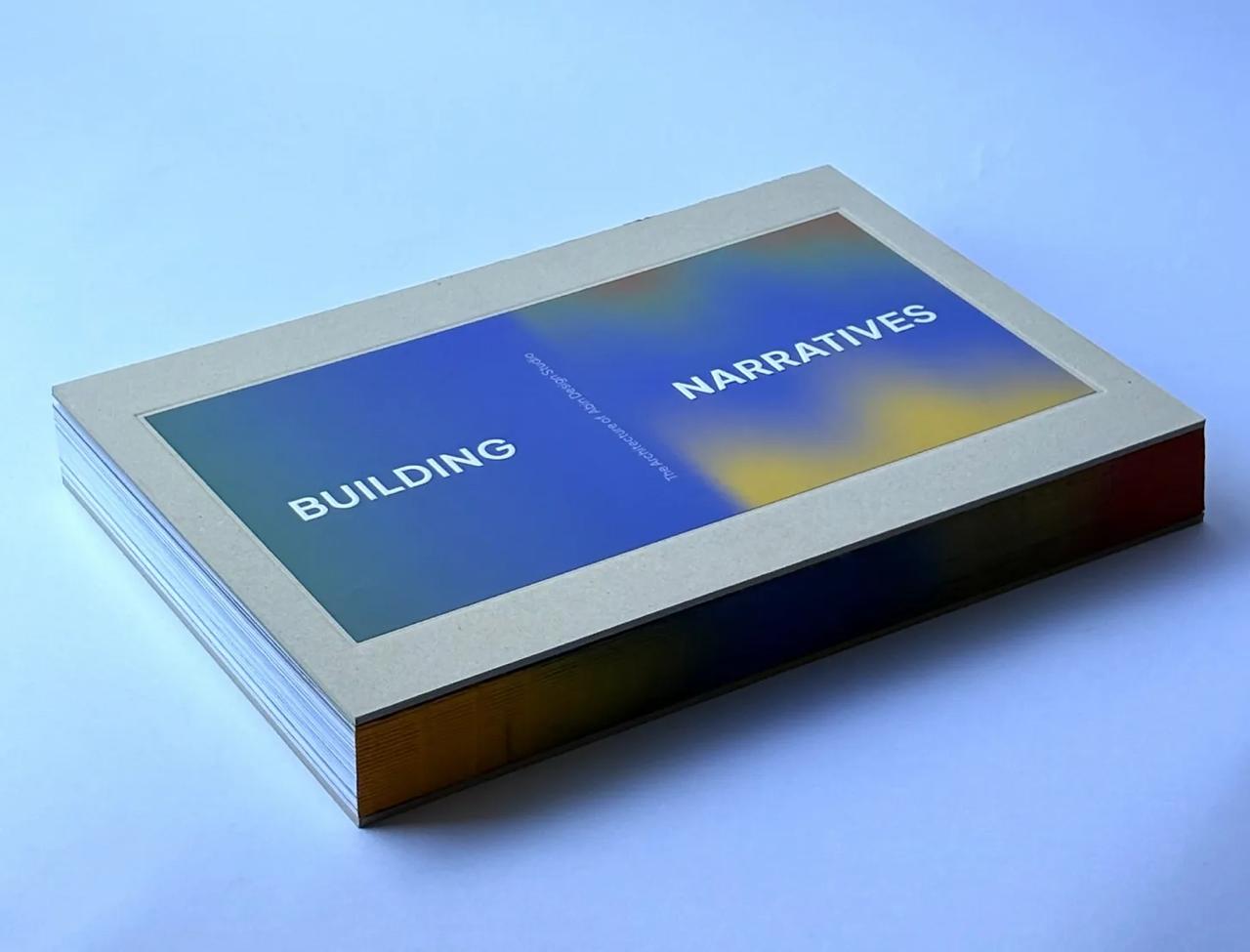A people’s place in the city of Ahmedabad
The Sardar Vallabhbhai Patel Stadium, located in the heart of Ahmedabad was designed in the 1960s, by world-renowned architect Charles Correa along with the award-winning structural designer, Mahendra Raj. The Stadium is a part of the narrative of Ahmedabad’s modernity, a phase that extended from the mid-’50s to the early ‘90s. The buildings of this period represent the progressive ideals and experimental spirit that characterized India’s post-independence period. It is also a part of a larger constellation of structures built in Ahmedabad by architects who were responsible for creating a new architectural vocabulary for the independent nation. The city of Ahmedabad offered patronage that modern architecture had not experienced before. The cotton mill owners who were the patrons, were representative of a new India. These families saw the necessity of combining modernity and tradition to compete in the world market, which was truly global thinking at the time.
The stadium has played a great role in the history of sports in Ahmedabad and was originally built to host international cricket matches. This popularity of cricket among the citizens of Ahmedabad, nurtured by the mercantile class, played a key role in the development of the stadium. During this time, Ahmedabad was the Mecca of cricket as it had the backing of the financial sector, royalty, corporates and philanthropists. “The Foundation stone was laid by C K Nayudu, India’s greatest cricketer and first-ever captain of the Indian National Cricket team.” says the Charles Correa Foundation. The first-ever One Day International match was hosted here in 1981. It was designed as a sports complex, which in addition to the cricket stadium was to have a skating rink, a sports club, a jogging track, tennis courts, a badminton hall, etc. However, only the cricket stadium and the sports club were built.
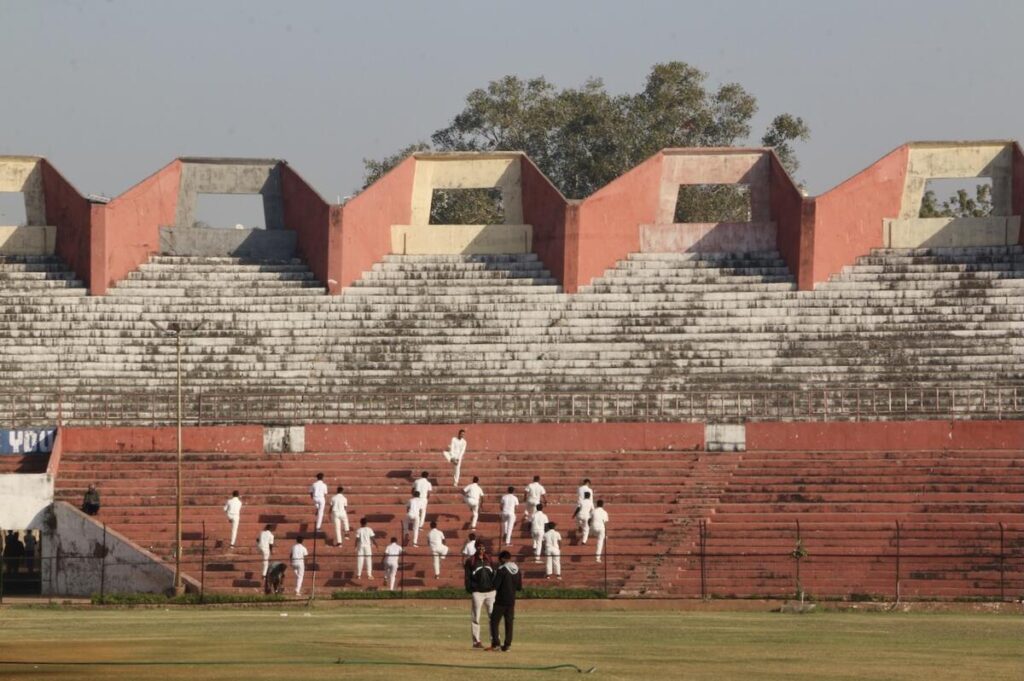
The stadium, a robust structure integrating technology and architecture is emblematic of a syncretic partnership between an architect and the structural engineer. The attention to detail is indeed outstanding, especially the integration between the architectural features and structural requirements.
This structure engineered by my father Mahendra Raj – is a folded plate leg that supports a folded cantilever of 20 m span – a first of its kind in the world – constructed in the 1960’s. Charles Correa was the architect. They both together have produced this work that should make the country proud.
Rohit Raj Mehndiratta, son of the Structural Engineer Mahendra Raj
The delicate and elegant folded plates rise from the ground to form an integral whole with the spectator stands and the 20-meter-long cantilever roof. Concrete was folded to incorporate railings, for seats, and the pedestals of seats. The structural integrity during the design stage was computed manually in the absence of any computers. It is a handmade structure where concrete was also prepared using extensive labor. It is truly representative of the genius and competence of a newly independent nation.

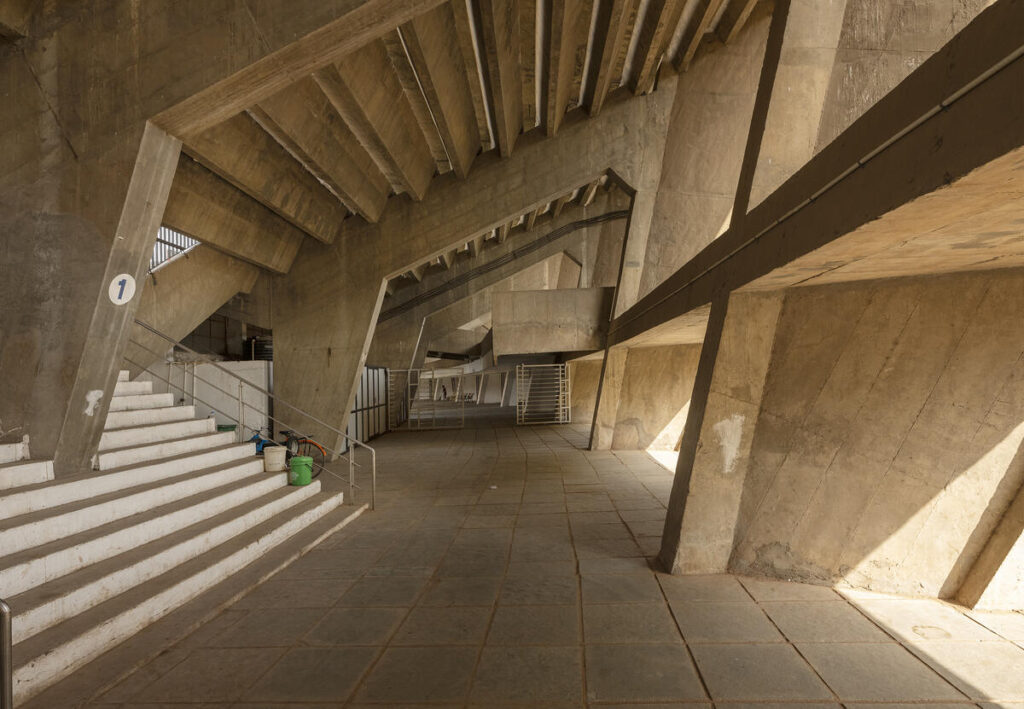
The structure besides having great architectural and structural significance is a very public space, a space that the city relates to. Though owned and managed by the Ahmedabad Municipal Corporation, it is used by people of all generations, throughout the day. Around 1995, the walking track was added, allowing citizens to use the space, extensively. There are users who have been coming here every morning for the last 35 years. There are senior citizens who have met here in their younger days and become friends. This bond of friendship brings them here every day. Ever since its inception, AMC has supported the use of this space for health-related activities. Some people compare the walking track to the stepped Ghats of Benares, bustling with multiple activities along the riverbank. The 450 m-long circular track with steps offers the flexibility of multiple activities for groups of people who use the space creatively to do yoga, calisthenics, and aerobics. “The sheer size and expanse of the space elevates the spirit,” says one regular user of the space.
The state of conservation of the stadium today is rather critical. However, it is nothing that timely and holistic conservation measures cannot address. While the conservation of ancient monuments is well established in India, the conservation of 20th-century buildings is still in a nascent stage. WMF received a grant from the Getty Foundation which made it possible to prepare a Comprehensive Conservation Management Plan (CCMP). Prepared by a group of experienced professionals, the CCMP studied all the issues with the concrete and made recommendations for the conservation of concrete and for adaptive reuse of the structure. Conservation of the stadium’s built fabric has been recommended using scientific best practices for investigation, recording, research, analysis, and upkeep of form-finished reinforced concrete.
The process of preparing the Conservation Plan has been rigorous, guided by the outcome from a series of workshops, viz: Assessing Significance, Community Consultation, etc. The place-making consultants carried out in-depth studies to arrive at a robust proposal for maximum utilization of the complex for sustainability and to prolong the life of the stadium.
Annabel Lopez
The Master Plan prepared for the site by RMA architects, has demonstrated that it is possible to prolong the life of the stadium through the up-gradation of the infrastructure for cricket and strengthening the stadium’s association with cricket while also promoting sustainable and long-term multi-disciplinary use by re-imagining the stadium as a cultural asset and encouraging active use by its local community. As stated in the Master Plan prepared by RMA architects,
Recognizing the need to cater to contemporary requirements for broadcasting, universal access, etc., a media and commentator’s room is designed while respecting the integrity of the existing structure. The proposal suggests a new linear building configuration, to the North of the stadium to house the new indoor and outdoor activities. This new building is designed as two zones, one with indoor sports facilities and the other as a set of retail shops that may be rented out to generate income for the functioning of the complex.
Rahul Mehrotra, RMA Architects, Mumbai
It is critical that we look at buildings today as self-sustainable. Quoting from the Master Plan, which is part of the Comprehensive Conservation Management Plan, “A feasibility study was also undertaken to check the potential of using the stadium as a venue to organize Olympic Games in the future. The Athletic field sports that can be accommodated are Throws (Shot put, Discuss, Hammer, Javelin, Weight, and Softball) and Jumps (High Jump, Pole Vault, Long Jump, and Triple Jump). Site Management (for additional parking) and Landscape development will ensure that the full potential of the site is realized.”
Given the potential of the stadium to be a self-sustaining cultural asset in the city, it has come as a real shock that the Ahmedabad Municipal Corporation is even considering the demolition of this iconic structure. The Master Plan prepared in collaboration with the Ahmedabad Municipal Corporation, proved without doubt, that reimagining the site as a cultural asset and a favoured venue for activities beyond cricket can ensure its sustainability and therefore its continued existence. The feasibility studies also demonstrated the possibility of using it as a venue for events, in the eventuality of India hosting the Olympic Games.
The people of Ahmedabad and especially the architectural community are completely taken aback at this unexpected turn of events. The cricketing community had actively participated when the Conservation Management Plan was being prepared and had passionately expressed their connection with this stadium. For many, it was the first time they were to experience a turf cricket pitch.
The Charles Correa Foundation on hearing the news of the impending demolition, launched a signature campaign on Change.org (https://chng.it/GTFw5HrDN9 ) to garner global support for this iconic structure. Among the many views expressed, the reasons cited by Mary Woods for signing the campaign, stand out prominently, “…For environmental reasons alone, we need to restore, upgrade, and give new lives to such buildings as was clearly underway with the WMF and Getty plans. Correa and Raj’s Patel Stadium could be a shining example of how to stage such events as the Olympics so they are affordable, sustainable, and sensitive to communities, their cultures, and extant built environments.”
It is evident that the world over, India’s modern icons and engineering expertise are acknowledged and much appreciated. Sir David Adjaye, a Ghanaian-British architect and recipient of the 2021 Royal Gold Medal, has been commissioned for the Kiran Nader Museum of Art, the design of which is on display at the ongoing La Biennale Di Venezia, (Venice Architecture Biennale 2023), commented in the July-August issue of the Architectural Digest, “…India also has some of the best technical minds, the finest engineers, which people don’t often speak about. They have been doing incredible work in the 20th century. So we are really relying on engineering excellence that specifically comes from India”. Why then are decision-makers in India, not able to recognize the expertise and ingenuity demonstrated in this 20th century icon, the Sardar Vallabhbhai Patel stadium?
In conclusion, this is an opportunity to conserve not only an iconic 20 C modern structure but an emblematic public space, so that it continues to be a much-needed open recreational resource for the citizens of Ahmedabad. The sustainable use of this site will reinforce the recognition of this 20th Century modern architectural icon, as an incredible asset for the city of Ahmedabad.
Author
Annabel Mascarenhas Lopez, is an independent architect and Project Management Consultant, based in New Delhi, who nominated the Sardar Vallabhbhai Patel Stadium to the World Monuments Watch in 2020. She was instrumental in filing the application for the Getty, Keeping it Modern Grant in 2020, through the World Monuments Fund. She led the preparation of the Comprehensive Conservation Management Plan for the Sardar Vallabhbhai Patel Stadium, on behalf of World Monuments Fund.

